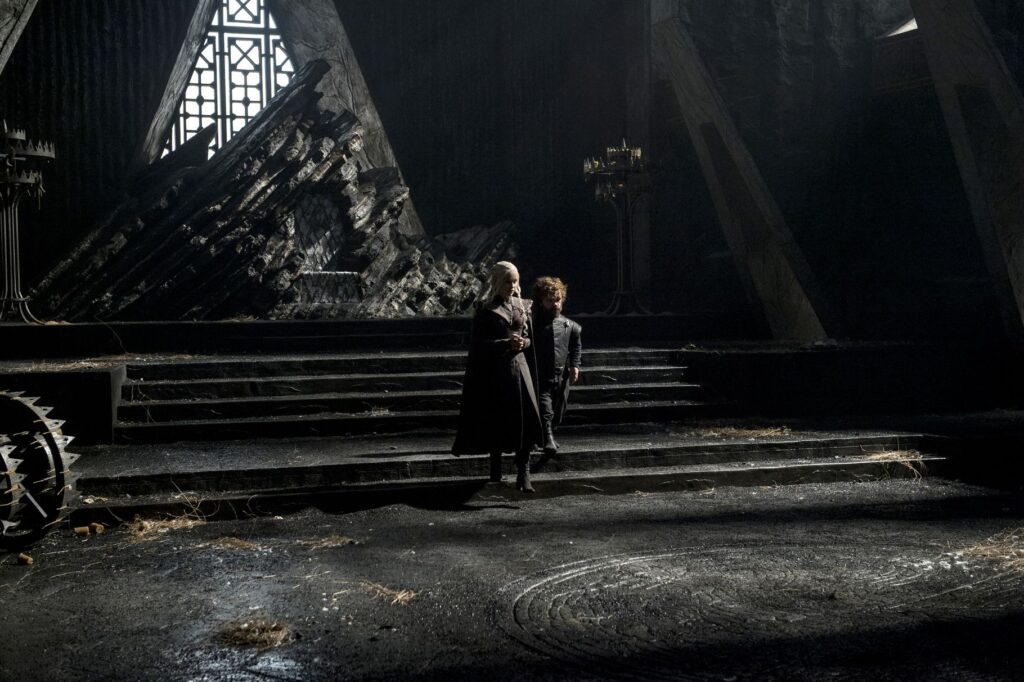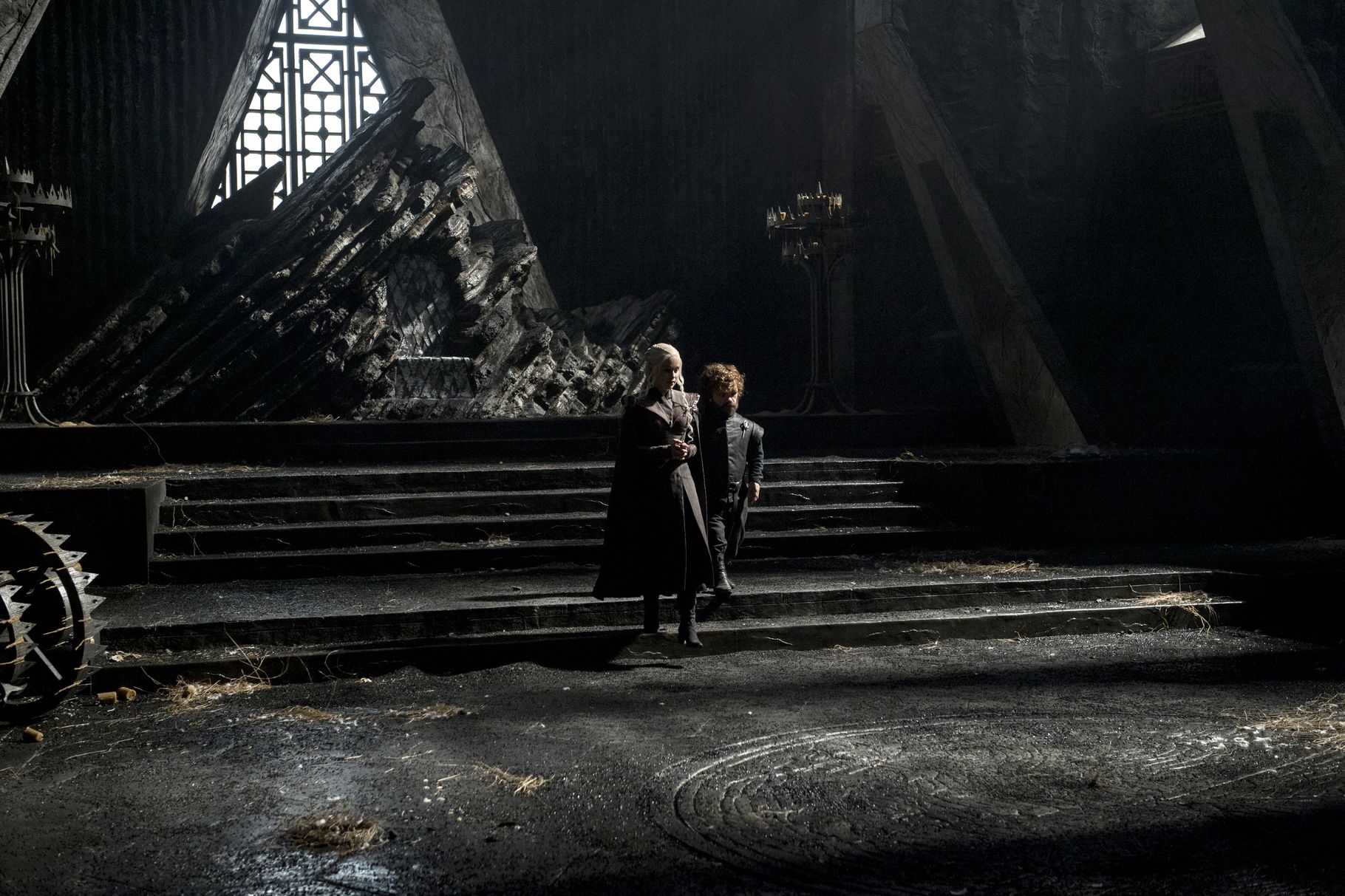
What Year is Game of Thrones Set In? Exploring the Fictional Timeline of Westeros
The world of Westeros, brought to life in George R.R. Martin’s *A Song of Ice and Fire* and the subsequent HBO adaptation *Game of Thrones*, is a richly detailed and captivating fantasy realm. One question that often arises among fans is: **what year is the Game of Thrones set in**? While the series doesn’t explicitly state a year, we can deduce its approximate historical period by examining its cultural, technological, and social parallels to real-world history. Understanding the implied timeline enhances the immersive experience and allows for a deeper appreciation of the intricate world-building.
The Absence of a Definite Year
George R.R. Martin deliberately avoids specifying a concrete year in the *A Song of Ice and Fire* series. This deliberate ambiguity prevents direct comparisons to any specific historical period, allowing the world of Westeros to maintain its unique identity. Instead of a precise year, the series operates on its own calendar system, measured in years After Aegon’s Conquest (AC). Aegon’s Conquest marks a pivotal moment in Westeros’s history, the unification of six of the Seven Kingdoms under Targaryen rule. Events are thus described as, for example, 298 AC, referring to 298 years after Aegon’s Conquest.
Drawing Parallels to Medieval History
Despite the lack of a definitive year, the setting of *Game of Thrones* strongly resembles the late medieval period in European history, roughly equivalent to the 15th century. This is evident in several aspects of Westeros’s society and technology:
- Feudalism: Westeros operates under a feudal system, with lords and vassals owing allegiance to higher lords and, ultimately, the King. This mirrors the hierarchical structure of medieval European societies.
- Weaponry and Warfare: The primary weapons are swords, spears, bows, and arrows. Armor consists of plate armor and chainmail. Siege warfare is prevalent, with castles playing a crucial role in defense. These elements are characteristic of medieval warfare.
- Social Structure: Society is largely agrarian, with a distinct class divide between nobles and commoners. Chivalry and courtly love play a significant role in the culture of the nobility, reflecting aspects of medieval European court life.
- Religion: The dominant religion, the Faith of the Seven, has parallels to the Catholic Church in medieval Europe, with its own hierarchy, rituals, and moral code. The role of septons and septas mirrors that of priests and nuns.
- Technology: The level of technological advancement is similar to that of the late Middle Ages. There are no firearms or advanced printing technology. Communication relies on ravens and messengers.
Considering these factors, it’s reasonable to infer that the setting of *Game of Thrones* is inspired by the late medieval period, even if it doesn’t correspond to a specific year. The question of **what year is the Game of Thrones set in** is less about finding a precise historical equivalent and more about understanding the historical influences that shaped the world.
The Importance of the Fictional Timeline
While identifying a specific year is impossible, understanding the fictional timeline within the *Game of Thrones* universe is crucial. The timeline, measured in years AC, provides a framework for understanding the sequence of events and the relationships between characters. For example, knowing that Robert’s Rebellion occurred roughly 17 years before the start of the series helps to contextualize the political landscape and the motivations of various characters. The events of Aegon’s Conquest are foundational to understanding the power dynamics in Westeros. The Targaryen dynasty’s rule, which lasted for nearly 300 years after the Conquest, shaped the political, social, and cultural landscape of the Seven Kingdoms. The reign of the Targaryens, their eventual downfall, and the subsequent power struggles are all intricately linked to the events that transpired after Aegon’s Conquest. Therefore, while we cannot pinpoint **what year is the Game of Thrones set in**, the AC timeline provides a rich context to understand the story.
Key Events and Their Approximate Place in the Timeline
To further understand the timeline, it’s helpful to consider some key events and their approximate placement within the AC calendar:
- Aegon’s Conquest (1 AC): The Targaryen invasion and unification of six of the Seven Kingdoms.
- Robert’s Rebellion (282 AC – 283 AC): The rebellion led by Robert Baratheon that overthrew the Targaryen dynasty.
- The events of *A Game of Thrones* (298 AC – 300 AC): The start of the series, marking the beginning of the War of the Five Kings.
These events provide a general framework for understanding the progression of the story. The timeline allows us to trace the lineage of the noble houses, understand the historical grievances that fuel conflicts, and appreciate the long-term consequences of past actions. It’s important to remember that the events of *Game of Thrones* are not isolated incidents but rather the culmination of centuries of history and political maneuvering.
Analyzing Cultural and Societal Elements
The cultural and societal elements in *Game of Thrones* provide further clues about its historical inspiration. The emphasis on honor, duty, and lineage reflects the values of medieval European societies. The role of women, while often constrained by societal norms, is also significant, with powerful female characters like Cersei Lannister and Daenerys Targaryen playing pivotal roles in the political landscape. The treatment of bastards, like Jon Snow, also reflects the social stigma associated with illegitimate children in medieval times. Furthermore, the various regions of Westeros have distinct cultural identities, mirroring the diverse cultures of medieval Europe. The North, with its harsh climate and independent spirit, resembles the Scandinavian countries, while the Reach, with its fertile lands and chivalrous traditions, resembles France. These cultural nuances add depth and complexity to the world of Westeros, making it feel like a real and lived-in place. The question of **what year is the Game of Thrones set in** is also intertwined with understanding these cultural and societal influences.
Magic and Fantasy: Diverging from Historical Accuracy
While *Game of Thrones* draws heavily from medieval history, it also incorporates elements of magic and fantasy that distinguish it from real-world events. The existence of dragons, the White Walkers, and various forms of magic sets it apart from a purely historical setting. These fantastical elements add a layer of intrigue and danger to the story, making it unpredictable and captivating. The presence of magic also influences the political and social dynamics of Westeros. For example, the Targaryens’ ability to control dragons gave them a significant advantage in warfare, allowing them to conquer and unify the Seven Kingdoms. The threat of the White Walkers, a supernatural force from beyond the Wall, poses an existential threat to all of Westeros, uniting the disparate factions against a common enemy. These magical elements, while not historically accurate, are integral to the narrative and contribute to the unique appeal of *Game of Thrones*. This is where the series diverges from a direct historical parallel, making the answer to **what year is the Game of Thrones set in** more nuanced.
The Legacy of Game of Thrones and its Historical Influences
*Game of Thrones* has had a profound impact on popular culture, inspiring countless books, films, and television shows. Its success can be attributed in part to its richly detailed world-building and its exploration of universal themes such as power, ambition, love, and betrayal. The series’s historical influences have also contributed to its appeal, allowing viewers to connect with the characters and their struggles on a deeper level. While the question of **what year is the Game of Thrones set in** may not have a definitive answer, the series’s historical inspiration is undeniable. By drawing on the history, culture, and social structures of the late medieval period, George R.R. Martin created a world that feels both familiar and fantastical, captivating audiences around the world. [See also: The History Behind Game of Thrones] The series’s legacy extends beyond entertainment, sparking discussions about history, politics, and the human condition. Its impact on popular culture is likely to endure for years to come.
Conclusion: A Fictional World with Historical Roots
In conclusion, while we cannot pinpoint **what year is the Game of Thrones set in** with absolute certainty, its setting is heavily inspired by the late medieval period in European history. The series’s feudal system, weaponry, social structure, and cultural values all reflect aspects of the Middle Ages. However, the presence of magic and fantastical elements distinguishes it from a purely historical setting. The fictional timeline, measured in years After Aegon’s Conquest, provides a framework for understanding the sequence of events and the relationships between characters. Ultimately, the question of **what year is the Game of Thrones set in** is less important than appreciating the intricate world-building and the historical influences that shaped the series. The rich tapestry of Westeros, woven from historical threads and fantastical elements, is what makes *Game of Thrones* such a compelling and enduring work of fiction. The ambiguity surrounding **what year is the Game of Thrones set in** actually enhances the story, allowing viewers to immerse themselves in a world that is both familiar and utterly unique. The brilliance of George R.R. Martin lies in his ability to create a world that feels both real and fantastical, drawing inspiration from history while also forging his own unique path. The series’ enduring popularity is a testament to the power of storytelling and the enduring appeal of historical fantasy.

